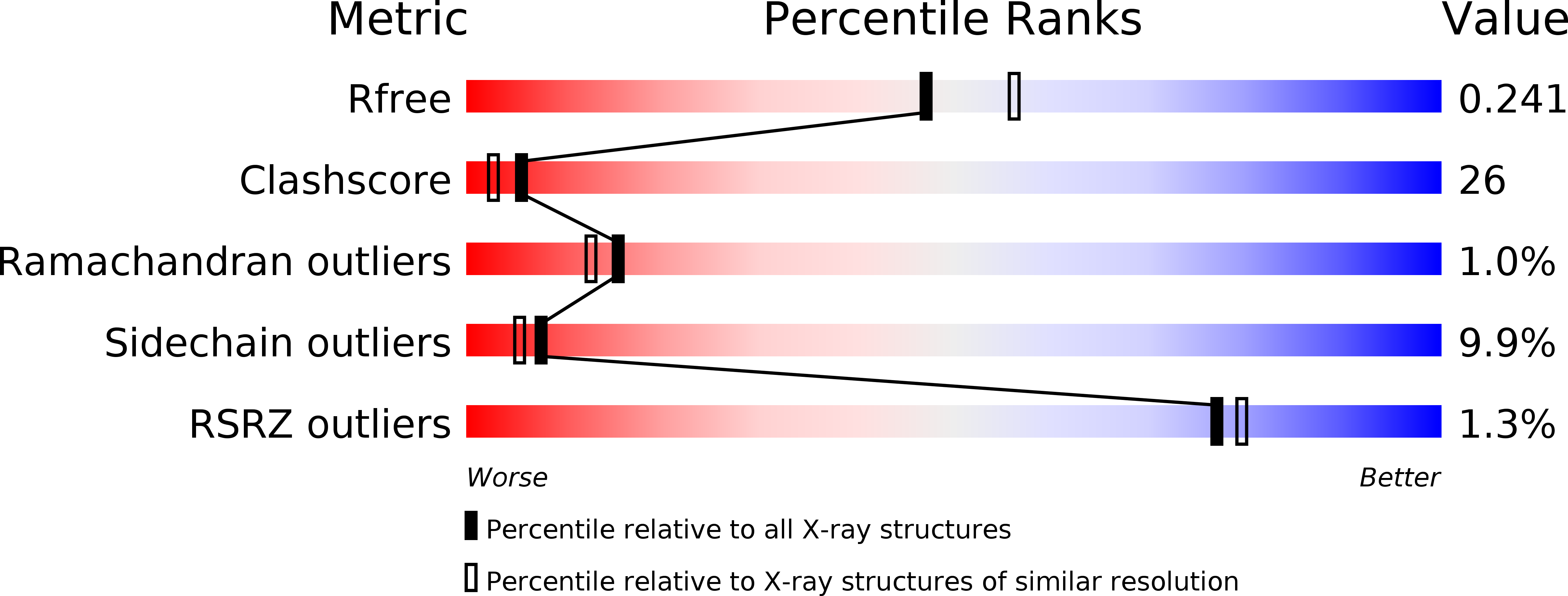
Deposition Date
2000-05-09
Release Date
2000-11-22
Last Version Date
2025-03-12
Method Details:
Experimental Method:
Resolution:
2.25 Å
R-Value Free:
0.27
R-Value Observed:
0.19
Space Group:
H 3


